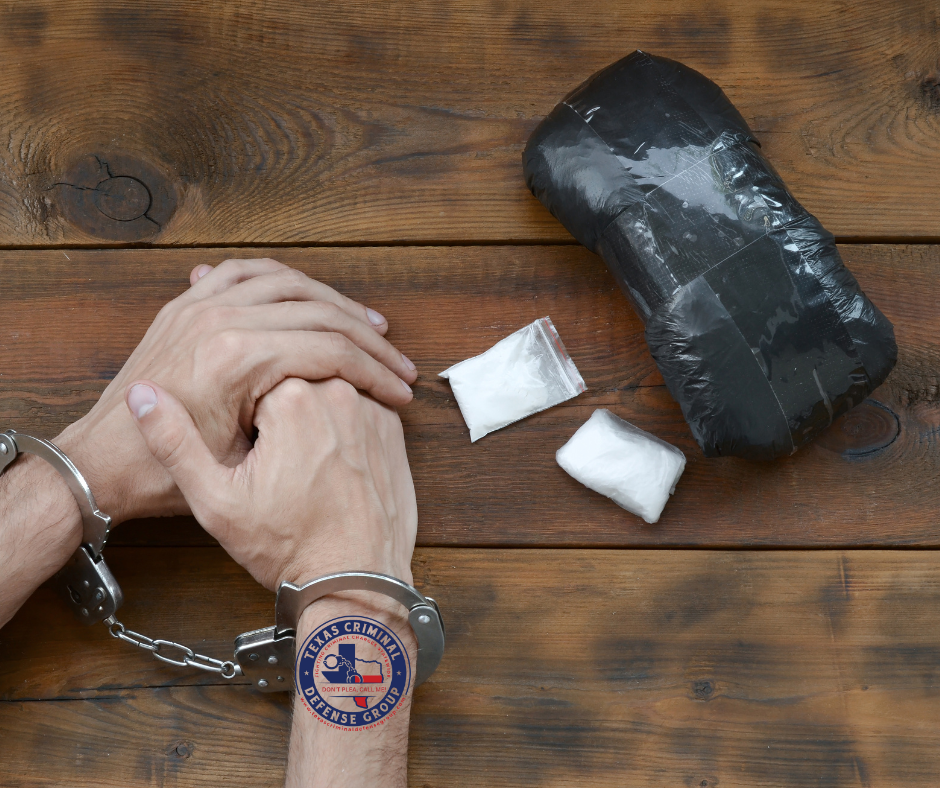
Possession of Drug Paraphernalia in Texas
Drug paraphernalia possession is a big deal in Texas in the context of law and order. Understanding the complexities and implications surrounding this subject is paramount for both residents and visitors alike.
Texas law takes a firm stance on drug-related offenses, and possessing drug paraphernalia is no exception. If you want to know about Texas laws, whether you live there or not, this article is for you. This aims to explain the key facets of this often-misunderstood aspect of the Texas justice system.
What is a Drug Paraphernalia?
Drug paraphernalia encompasses a wide range of items. If these items are engaged in making, using, or hiding illegal drugs, we can classify these items as paraphernalia. These objects serve as crucial tools for users and distributors alike, and they are designed for drug use.
The term “drug paraphernalia” can encompass an extensive array of products. Oftentimes, it can be more obvious items like pipes, bongs, and syringes. However, it can also be seemingly innocent objects like spoons, aluminum foil, or even household items. Any item can qualify as long as they have been proven to be repurposed for drug-related activities.
In the case of drug consumption, most common paraphernalia may include items like pipes or water pipes (bongs). Drug users often use pipes and bongs to smoke marijuana and/or other dry herbs and substances.
Many people generally consider needles and syringes as medical equipment. However, they can also often associated by authorities with intravenous drug use (IV drug use) if they are outside medical facilities. Crack cocaine users also often use “Freebase” pipes for the purpose of inhaling vapors.
Even if they seem harmless by themselves, people can also see rolling papers as drug paraphernalia. Drug manufacturers often use them to make marijuana cigarettes.
What is a Drug Paraphernalia? (Continued)
In the context of drug manufacturing, paraphernalia may also involve a range of equipment used in our daily lives. However, there are also more obvious items in this list. The list might include items like grow lights, hydroponic systems, scales in some cases. Other high quality equipment designed to facilitate the cultivation and processing of drugs like marijuana are also included.
Moreover, drug paraphernalia can extend to materials used for concealing or hiding drugs, such as stash containers, hollowed-out objects, or secret compartments within everyday items. These concealment tools are used to avoid detection by law enforcement. They are also used to transport drugs discreetly over distances.
It is essential to note that the definition of drug paraphernalia and the laws surrounding its possession can vary significantly depending on the jurisdiction. What might be considered drug paraphernalia in one state or country may not be viewed as such in another.
As such, the determination of whether an item qualifies as drug paraphernalia often relies on its intended use, proximity to drugs, and the surrounding circumstances.
Texas Health & Safety Code Section 481.125
According to this section of the law, drug paraphernalia is broadly defined as any item, product, or material used or intended for use in manufacturing, cultivating, ingesting, or distributing controlled substances. This includes items specifically designed for drug-related activities, as well as those adapted or modified for such purposes.
The law emphasizes that possession of drug paraphernalia must be accompanied by the intent to use it for drug-related activities. This means that simply having drug paraphernalia in one’s possession is not enough to lead to a conviction. Therefore, there must be evidence or intent to use the paraphernalia for illicit drug-related purposes.
It’s important to note that some items commonly used in everyday life might also fall under the definition of drug paraphernalia when there is evidence of intent to use them for illicit drug activities. Consequently, law enforcement and the courts must consider the context and surrounding circumstances when determining if an item qualifies as drug paraphernalia.
Penalties for the Possession of Drug Paraphernalia
The severity of the penalties can vary based on the specific circumstances of the case and the offender’s criminal history. Individuals convicted of possessing drug paraphernalia may face fines and potentially a class A misdemeanor or a state jail felony. However, it is important to remember that the intent to use it for manufacturing, cultivating, ingesting, or distributing controlled substances must be proven first.
Furthermore, drug paraphernalia possession is treated as a separate offense from drug possession, meaning that individuals caught with both drugs and drug paraphernalia may face additional charges and increased penalties.
